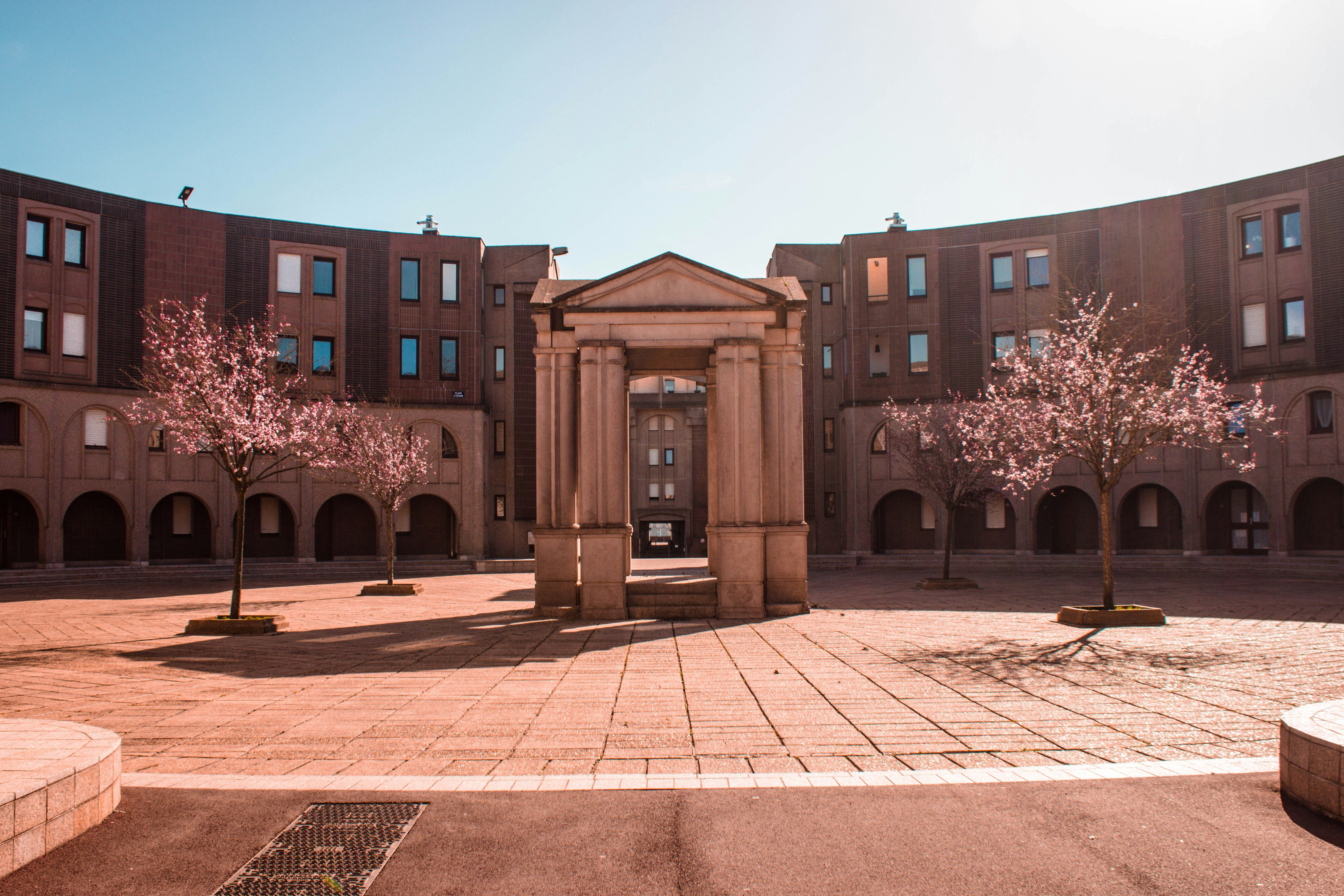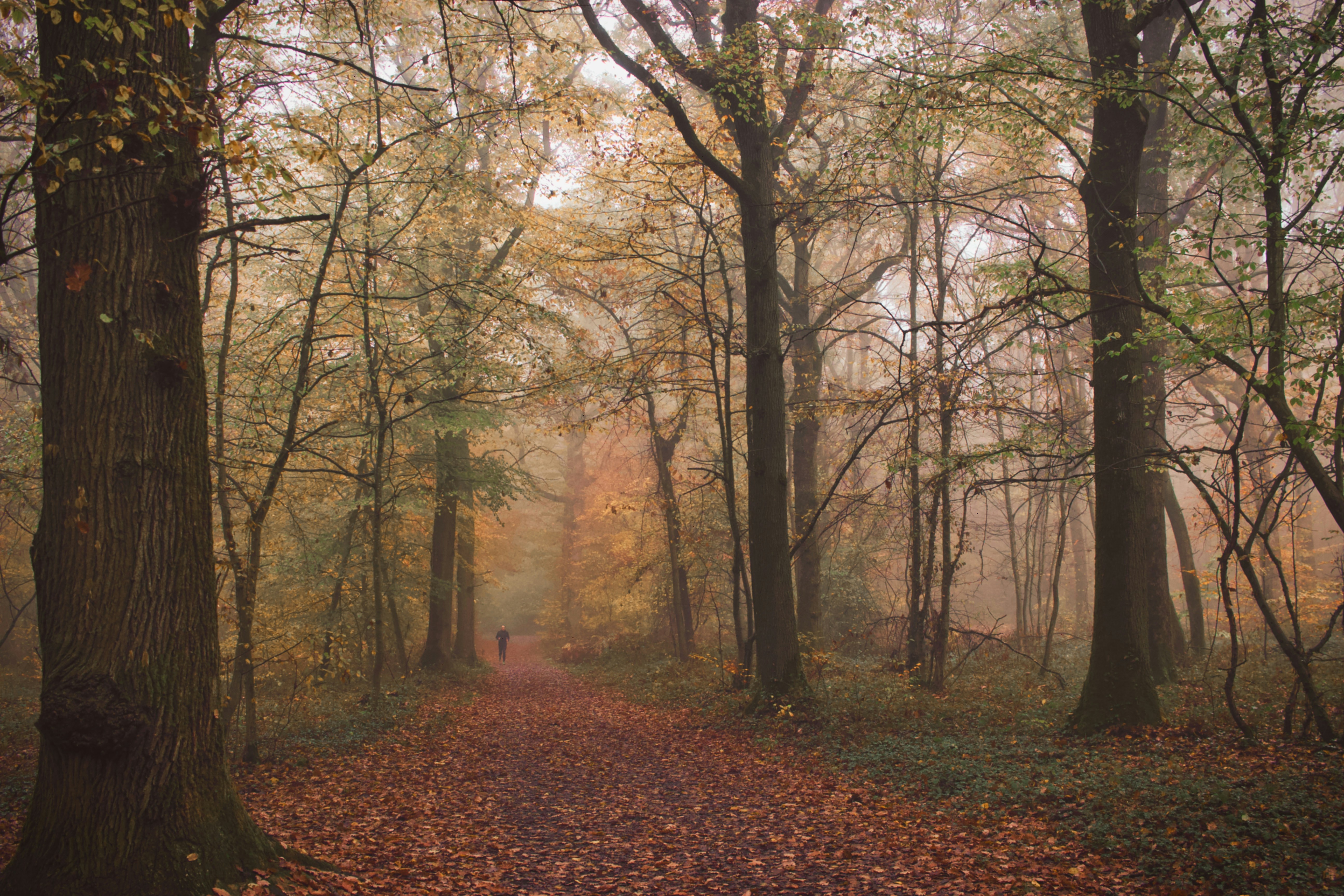Montigny-le-Bretonneux: Where old meets new in France
In the heart of the Île-de-France region, a stone's throw from the grandeur of Versailles, a city of contrasts can be found. Here, cutting-edge urban planning meets lush green spaces, and a rich cultural tapestry is woven from both ancient roots and contemporary threads. This is Montigny-le-Bretonneux, a place where the past and future of France collide in a fascinating urban experiment.

A New Town with Ancient Roots
Despite its modern appearance, Montigny-le-Bretonneux's history can be traced back to the Middle Ages. The town's name was first recorded in the 11th century, derived from the Latin "Montaniacum," meaning the domain of Montanius. However, it wasn't until the late 20th century that this sleepy rural village was transformed into the dynamic urban center it is today.
In the 1970s, Montigny-le-Bretonneux was chosen as one of five communes to form the heart of Saint-Quentin-en-Yvelines, an ambitious new town project. This initiative was part of a larger plan to create satellite cities around Paris, alleviating pressure on the capital while providing modern, planned urban environments for a growing population.
A Vision of Urban Harmony
As one explores Montigny-le-Bretonneux, the careful balance between urban development and natural preservation becomes evident. The city's planners prioritized green spaces, ensuring that parks and lakes were integrated seamlessly into the urban fabric. The result is a city where nature is never far away, providing residents with ample opportunities for recreation and relaxation.
The Parc des Sources de la Bièvre serves as a prime example of this philosophy. This expansive park not only offers a tranquil escape from city life but also plays a crucial role in local water management. Here, the sources of the Bièvre River are carefully protected, highlighting the city's commitment to environmental stewardship.
A Hub of Innovation and Education
Montigny-le-Bretonneux's modern identity is closely tied to its role as a center for innovation and learning. The city is home to several higher education institutions, including branches of the University of Versailles Saint-Quentin-en-Yvelines. These academic centers contribute to a vibrant intellectual atmosphere and attract students from across France and beyond.
The presence of these institutions has also fostered a thriving business ecosystem. Many technology companies and startups have chosen to establish themselves in Montigny-le-Bretonneux, drawn by the skilled workforce and quality of life. This blend of academia and industry creates a dynamic environment where new ideas are constantly being generated and put into practice.
Cultural Riches in a Modern Setting
While Montigny-le-Bretonneux may lack the centuries-old monuments found in some French cities, it more than makes up for this with its commitment to contemporary culture. The city boasts several modern cultural venues, each offering a unique window into the arts.
The Ferme du Manet, a renovated 17th-century farm, now serves as a vibrant cultural center. Here, exhibitions, concerts, and theatrical performances are regularly held, providing residents and visitors alike with access to a diverse range of artistic experiences. Meanwhile, the Théâtre de Saint-Quentin-en-Yvelines, a striking modern building, hosts world-class performances ranging from classical music to avant-garde dance.
A City in Motion
One of Montigny-le-Bretonneux's defining features is its emphasis on mobility. The city was designed with an extensive network of cycling paths and pedestrian zones, encouraging residents to embrace eco-friendly modes of transport. This commitment to sustainable urban planning has not only reduced traffic congestion but has also contributed to a high quality of life for the city's inhabitants.
Public transportation links are equally impressive. The Saint-Quentin-en-Yvelines–Montigny-le-Bretonneux station serves as a major hub, connecting the city to Paris and other key destinations in the Île-de-France region. This accessibility has made Montigny-le-Bretonneux an attractive option for those seeking a balance between urban amenities and a more relaxed pace of life.
A Taste of Local Flavor
While Montigny-le-Bretonneux may not be known for a specific culinary tradition, its diverse population has resulted in a rich and varied food scene. Local markets offer a cornucopia of fresh produce and regional specialties, while restaurants serve up everything from traditional French cuisine to international flavors.
The twice-weekly market at Place Étienne-Marcel is a particular highlight, where locals and visitors alike can sample the best of regional produce and artisanal goods. It's a reminder that even in this modern city, connections to France's agricultural heritage remain strong.
Looking to the Future
As Montigny-le-Bretonneux continues to evolve, it remains true to its founding principles of innovation, sustainability, and quality of life. The city serves as a living laboratory for urban planning, constantly adapting to meet the changing needs of its residents while maintaining a harmonious balance with the natural environment.

For those seeking to experience a different side of France, one that looks resolutely towards the future while honoring the past, Montigny-le-Bretonneux offers a unique and rewarding destination. It's a place where the traditional French art de vivre is reimagined for the 21st century, creating a vibrant community that continues to attract people from all walks of life.
As the sun sets over the modern skyline of Montigny-le-Bretonneux, casting long shadows across its carefully planned streets and verdant parks, one can't help but feel a sense of excitement for what the future holds. This forward-thinking city serves as a testament to France's ability to innovate and adapt, while still maintaining the charm and quality of life for which the country is renowned. For those interested in exploring more of France's diverse urban landscapes, a visit to Lille in the north offers another perspective on how French cities are evolving in the modern era.
Related articles
Show all
The 15 best things to do in Saint-Émilion
In the heart of Bordeaux's wine country, a medieval gem awaits discovery. Cobblestone streets wind through ancient limestone buildings, leading to hidden cellars and sun-drenched vineyards. This UNESCO World Heritage site offers a perfect blend of history, culture, and world-class wine. Visitors can immerse themselves in centuries of tradition while savoring the fruits of the region's legendary terroir.
Saint-Émilion - FRANCE

Top 15 things to do in Vannes
Brittany's southern coast beckons with its blend of medieval charm and maritime allure. Tucked away in this enchanting region, a gem awaits discovery. Ancient ramparts embrace cobblestone streets, while colorful half-timbered houses stand as silent witnesses to centuries past. Beyond the old town, a shimmering gulf invites exploration, its islands and inlets promising adventure. Here, history and nature intertwine, creating a tapestry of experiences that captivate the senses and stir the imagination.
Vannes - FRANCE

The top 15 things to do in Le Havre
France's northern coast has long been admired for its rugged beauty and rich maritime heritage. Among the jewels of this region, one city stands out for its unique blend of history, culture, and modern architecture. Founded in 1517 by King Francis I, this port town has been shaped by centuries of maritime trade, wartime destruction, and bold reconstruction. Today, it offers visitors a fascinating glimpse into both France's past and its vision for the future.
Le Havre - FRANCE

The top 15 things to do in Caen
Normandy's capital beckons with a rich tapestry of history, culture, and gastronomy. From William the Conqueror's imposing castle to the sobering memorials of World War II, this city offers a journey through time. Cobblestone streets wind past medieval abbeys, while modern museums showcase artistic treasures. Coupled with lush gardens and bustling markets, visitors can immerse themselves in a uniquely Norman experience. Let's explore the top 15 activities that shouldn't be missed in this captivating French destination.
Caen - FRANCE

Top 15 things to do in Angers
Nestled along the banks of the Maine River in western France, a city of rich history and vibrant culture awaits discovery. Medieval fortresses stand sentinel over picturesque gardens, while world-class museums house treasures that span centuries. This charming locale, where tradition and modernity intertwine, offers visitors a tapestry of experiences that captivate the senses and stir the imagination. From its ancient streets to its cutting-edge innovations, every corner holds a new adventure. Let's explore the top 15 activities that shouldn't be missed in this captivating French gem.
Angers - FRANCE

Nightlife on the French Riviera - Cote d'Azur
The French Riviera is renowned for its glitz and glam appeal, hedonistic summers, and over the top attitude to partying, all of which make it a popular destination with those looking for a lively social scene. Jazz cafes, trendy bars, and glamorous night clubs line the sparkling coast and visitors can choose between splashing the cash at an invite-only beach party or rubbing shoulders with A-listers at one of the best clubs in the world. Whatever your entertainment taste may be, the Cote d’Azur has a little something for everyone.
FRANCE

 Home
Home Wishlist
Wishlist